Whether a white elephant or a haunted mansion, the sale of the historic St. Anthony’s Seminary has been a mystery that all of Santa Barbara seems to know about.
The property with its stone buildings, chapel, and green lawns in the heart of the Mission District was first put up for sale two years ago by its owner — San Roque School Charitable Trust, a nonprofit established by philanthropists Stephanie and Peter Sperling, to open a school for their children’s education. In June, it went to auction at Concierge Auctions of New York.
The opening bid suggestion was $25 million for a property said to be valued somewhere around $50 million. Instead, the first bidder low-balled the price, starting at $5 million. The winning bidder landed the prize for $16.7 million.
That bidder, known only as a number, hid their identity behind nondisclosure agreements that swore the land agents and auction employees to secrecy. But who are they and, more pertinently, what will they do with St. Anthony’s?
The Mission District
What had once been the fields of the Mission’s Franciscan Friars and the adobes of their Chumash laborers 250 years ago is today a neighborhood of handsome homes on well-kept grounds. St. Anthony’s bell tower rises above these surroundings, overlooking the city on a hill next to the Old Mission — 11.3 acres of history and long green lawns surrounded by sandstone walls.
The grounds have held schools since the buildings began rising in 1901 when Father Peter Wallischeck, OFM (Order of Friars Minor), established the Seraphic College of St. Anthony. It was a seminary for young men studying to become priests until 1987. It then was rented by the Waldorf School and the Santa Barbara Middle School. Most recently, it was where the Sperlings opened and then closed the Garden Street Academy. Its kitchens have been used to feed the homeless, and today it houses The Apples to Zucchini Cooking School’s teaching kitchen.
But there is also a darker history to the property when revelations became public about decades of sexual abuse of seminarians by friars.
Knowledgeable observers of Santa Barbara real estate have suggested that this ugly past could explain why the auction brought less than half the property’s assessed value. Less sordid but just as popular is the speculation that the legendary complex of building and development rules that reign over the City of Santa Barbara could be responsible. Plus there’s the likelihood of neighborhood opposition to any major development. And a few have quietly muttered about “difficult clients.”
During the runup to the June auction, city planners got an earful of questions about the potential of the historic property. Planning Chief Eli Isaacson said the inquiries were too informal to record, though other city officials recalled being asked about high-end hotels, religious schools, senior housing, and disability adaptations.
As for the neighbors, the residents of the Upper East are intensely interested in the possible development and disquieted by the lack of information.
Reluctant Viewings?
One neighbor is Victor Trujillo, a native Santa Barbaran in the wholesale real-estate investment business. A youthful man of entrepreneurial spirit, Trujillo learned the trade working for a Santa Barbara real-estate investor and educator. He looked for distressed properties across the nation, then expanded internationally. He said he’s been doing deals for the last decade, currently working with other investors through his company Tru Invest, Inc.

St. Anthony’s landed on Trujillo’s radar when it went on the market. “That property fell out of escrow multiple times,” he said. In Trujillo’s eyes, it was a distressed property: nearly vacant, with very little revenue and a lot of acres to maintain. He conceived of his biggest deal yet: Purchase the property for his nonprofit Casa de Todos for low-income, multi-family housing and take his usual fee for his investment company. “The property has basketball courts. Santa Barbara doesn’t have any apartments with big fields,” said Trujillo.
It took him three months to even see the property. The agents wanted a proof of funds for $20 million, and then $30 million, both of which Trujillo acquired from investors he knew in Los Angeles: “Then they let me inside.” Trujillo was not the only person who told the Independent they’d had difficulty during the dealings, but he was the only one willing to speak about it.
As he toured the property, along with a couple from Utah who seemed interested in forming a religious school, Trujillo said he encountered locked doors and closed corridors: “That was a red flag for me.” He talked to the agents about doing 3-D scans to see the interior condition and wanted to tour with his venture partners. The agents told him the seller didn’t think the city would accept his use. The city was open to it, Trujillo replied, telling them he had a meeting set with the planning department and his partners: the well-known, well-respected Turner Foundation.
A week later, the agents said interest had ramped up and a tour would require a $50 million proof of funds, which Trujillo produced on March 14. But after that, “They ghosted me,” he said.
On May 1, Trujillo saw that the place was up for auction; he received an invitation to send an updated proof of equity of $25 million which would allow him to get a tour time slot. Disgusted, he decided to sit back and observe.
Dean Wilson, CEO of the Turner Foundation, which has housed seniors and low-income families in Santa Barbara since 2005, said he’d discussed housing with Trujillo. “We were open to it, as we always are,” Wilson said. “The environment has changed a lot from a governmental standpoint. There’s a lot more appetite to get more housing, especially the type of housing that we do.”
The agent for the property insisted that “No one was ever locked out” of viewing or bidding on the property; it was completely false to say otherwise, Tim DiPrizito said. A Realtor with Christie’s International in Beverly Hills, DiPrizito represented the seller while St. Anthony’s was on the open market and during the auction. “We showed it to close to 100 different parties over the course of two years,” he said. “Everyone had a fair opportunity to acquire this property.” DiPrizito stated there were no locked doors and no closed corridors: “The property was in immaculate condition.”
A Haunted History
St. Anthony’s Seminary and the Old Mission across the driveway had once been part of the Chumash village Xana’yan, before the Spanish soldiers and the Franciscan Fathers took the land in the late 1700s. Once the seminary was built, for nearly a century it trained high-school-aged teens interested in joining the Franciscan order.
Some visitors who’d toured the buildings said they’d felt the creeps from the history of sexual molestation at St. Anthony’s. Two years after the seminary closed in 1987, students began to speak of the sexual abuse that had taken place. At least 78 cases of abuse by 38 Franciscans at St. Anthony’s and the Old Mission were reported, said Tim Hale, an attorney who has pursued these cases since 1999. The Franciscan Friars of California filed for Chapter 11 bankruptcy at the end of 2023, leaving it up to a judge to determine what settlement, if any, the victims would receive.
Neighborhood Worries

Steve Forsell is president of the Upper East Association, an area bounded from Constance to Sola, and from State to Emerson streets. His members ask frequently about the fate of St. Anthony’s, said Forsell, whose family has lived directly across from from 2300 Garden Street since 1985.
“When we first moved here, it had open fields where we taught the kids to ride bicycles,” said Forsell, who retired after 30 years as a real-estate appraiser. When it held schools, it generated some traffic, but Forsell said they’d enjoyed the noise of children across the way.
The street, however, was like a freeway at times. “If the new owners add something that’s traffic intensive, we could see more people racing along Garden Street,” Forsell said. “Even after they put up a sign for the school, it didn’t deter anybody from racing along that street.”
City Rules and Regs
Over the years, St. Anthony’s had acquired a gymnasium, chapel, refectory (or cafeteria), shop, and a couple other buildings to complement the main building with its Romanesque stonework and campanile.
For buyers looking at the extensive property, the chief question was what would the city allow? The historic property has an existing use for education, but the city could give no guarantee, other than to say it was zoned for a single residence per 15,000 square feet, or roughly a third of an acre.
“It would take an entire process to figure that out,” DiPrizito said of the entitlement procedure. He’d been asked for an escrow of at least a year in order to understand the city’s expectations, but “the owners didn’t want to be locked into one party doing due diligence over 12 months,” he said.
As for the proposed uses, DiPrizito said he had heard from a lot of hotel interests. Other ideas were to continue St. Anthony’s as an educational facility, or perhaps create a senior assisted-living facility, spiritual center, or a health-and-wellness retreat. As for the new owners and their intentions, DiPrizito could say nothing as he was under a strict nondisclosure agreement.
So What’s the Secret?
According to Santa Barbara County deed records, the auction winner is a limited liability corporation called 2300 Garden LLC, incorporated in Delaware. The recorded document shows an address that belongs to Jennifer and Jerold Myers of Grandview-on-Hudson, New York. Grandview’s clerk, Julie Pagliaroli, affirmed that the couple lives at that address.
To cover all the bases, as neither Myers has responded to requests for information, the Independent asked if it might be a business run by someone else at that address? Pagliaroli said, no, businesses are not allowed at a parcel zoned for a home. Perhaps a rental or a B&B? we inquired. Pagliaroli demanded to know if that was its use: “B&Bs are illegal in the village,” she said tartly.
Premier Events
Fri, Jan 09
5:30 PM
Santa Barbara
Intention Setting & Candle Making Workshop
Sun, Jan 11
3:00 PM
Santa Barbara
Mega Babka Bake
Fri, Jan 23
5:00 PM
Santa Barbara
Divine I Am Retreat
Fri, Jan 09
8:00 AM
Santa Barbara
Herman’s Hermits’ Peter Noone: A Benefit Concert for Notes For Notes
Fri, Jan 09
6:00 PM
Santa Barbara
Ancestral Materials & Modernism
Fri, Jan 09
6:00 PM
Montecito
Raising Our Light – 1/9 Debris Flow Remembrance
Fri, Jan 09
7:00 PM
Santa Barbara
Barrel Room Sessions ~ Will Breman 1.9.26
Sat, Jan 10
9:00 AM
Santa Barbara
Rose Pruning Day | Mission Historical Park
Sat, Jan 10
7:00 PM
Santa Barbara
Konrad Kono – Live in Concert
Sat, Jan 10
8:00 PM
Santa Barbara
SB Improv: The Great Cornadoes Bake-Off
Mon, Jan 12
5:00 PM
Santa Barbara
Hot Off the Press: Junk Journal
Tue, Jan 13
6:00 PM
Santa Barbara
✨ First Singles Social of 2026 | Open to All Ages 21+
Fri, Jan 16
9:00 PM
Santa Barbara
Eric Hutchinson at SOhO
Fri, Jan 09 5:30 PM
Santa Barbara
Intention Setting & Candle Making Workshop
Sun, Jan 11 3:00 PM
Santa Barbara
Mega Babka Bake
Fri, Jan 23 5:00 PM
Santa Barbara
Divine I Am Retreat
Fri, Jan 09 8:00 AM
Santa Barbara
Herman’s Hermits’ Peter Noone: A Benefit Concert for Notes For Notes
Fri, Jan 09 6:00 PM
Santa Barbara
Ancestral Materials & Modernism
Fri, Jan 09 6:00 PM
Montecito
Raising Our Light – 1/9 Debris Flow Remembrance
Fri, Jan 09 7:00 PM
Santa Barbara
Barrel Room Sessions ~ Will Breman 1.9.26
Sat, Jan 10 9:00 AM
Santa Barbara
Rose Pruning Day | Mission Historical Park
Sat, Jan 10 7:00 PM
Santa Barbara
Konrad Kono – Live in Concert
Sat, Jan 10 8:00 PM
Santa Barbara
SB Improv: The Great Cornadoes Bake-Off
Mon, Jan 12 5:00 PM
Santa Barbara
Hot Off the Press: Junk Journal
Tue, Jan 13 6:00 PM
Santa Barbara
✨ First Singles Social of 2026 | Open to All Ages 21+
Fri, Jan 16 9:00 PM
Santa Barbara

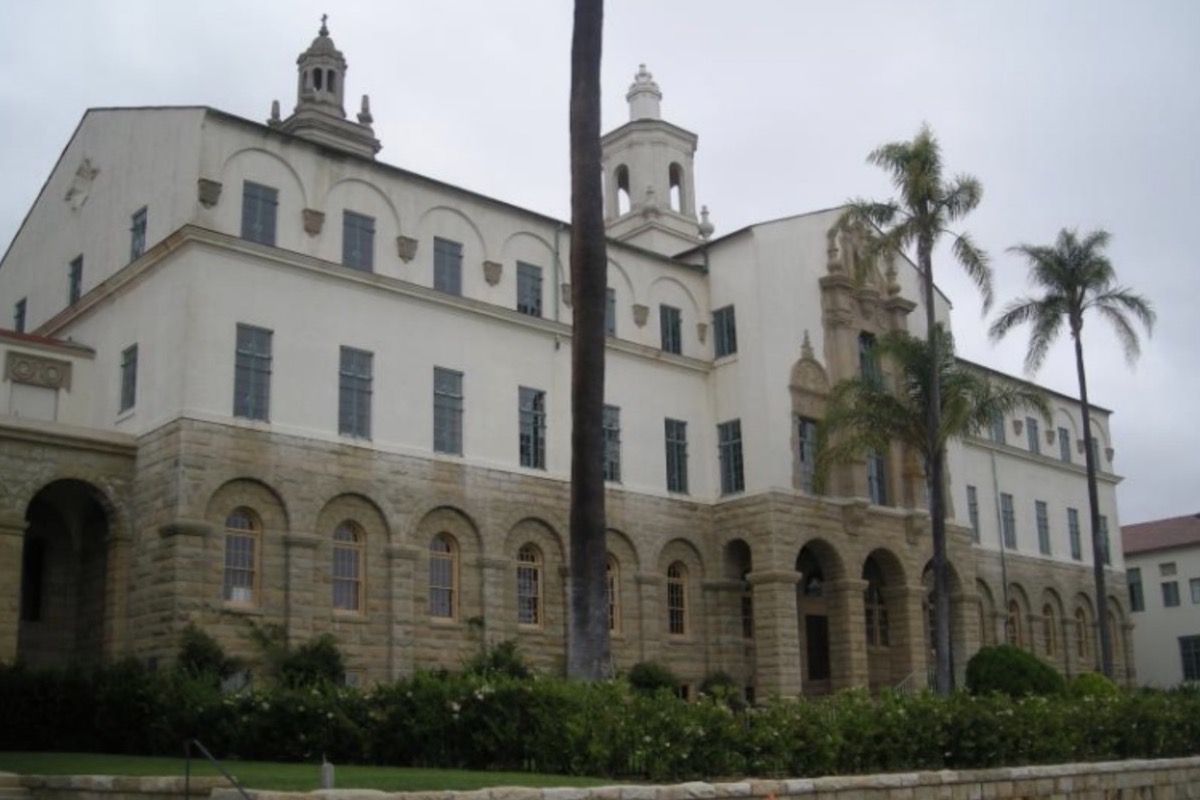

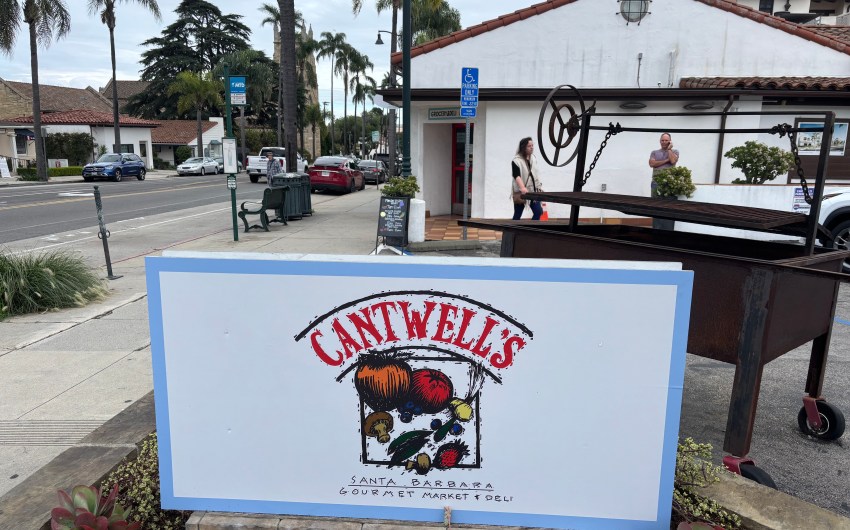


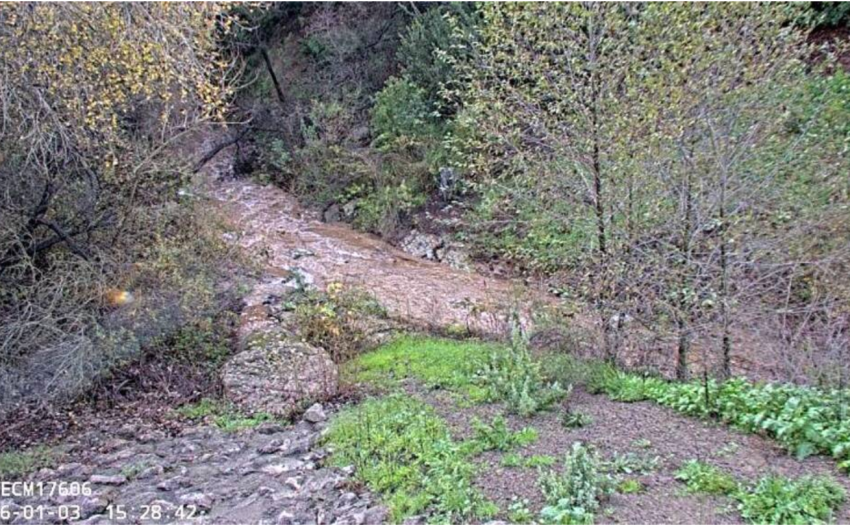

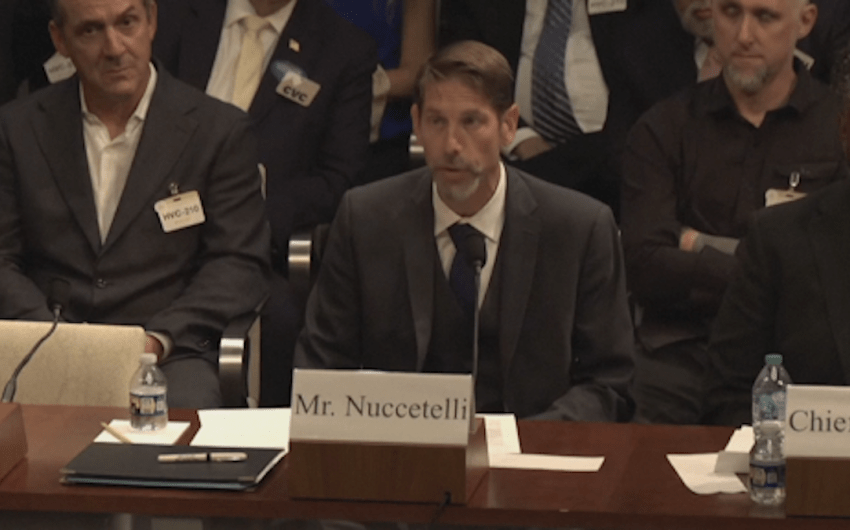








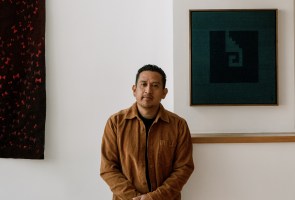

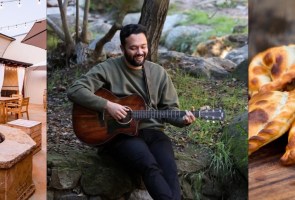
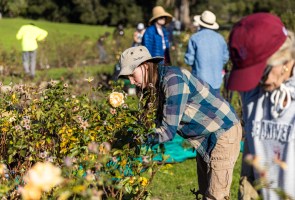





You must be logged in to post a comment.